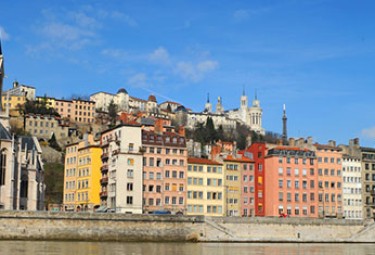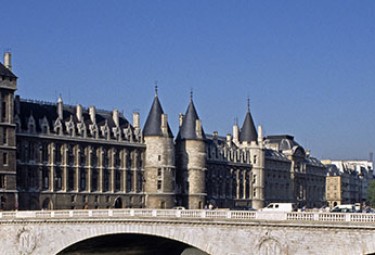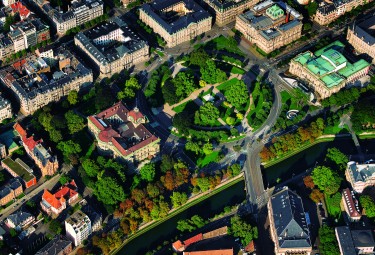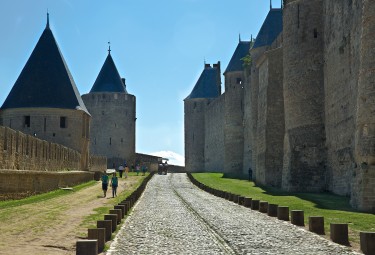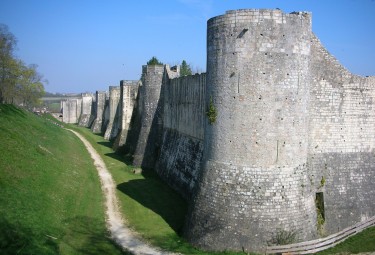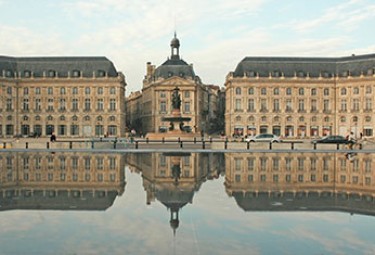Historic centre of Avignon: Papal palace, episcopal ensemble and Avignon bridge
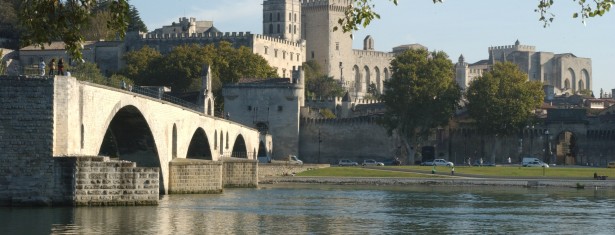
Summary
The historic centre of Avignon, including the Papal palace, the episcopal ensemble and the bridge, is an outstanding example of mediaeval architecture. It was the result of a remarkable episode of history, in which the Popes left Rome and established their seat in Avignon for a century. It played a major role in the development and dissemination of a particular form of culture throughout most of Europe, at a time of particular importance in the setting up of a long-lasting relationship between the papacy and civil powers.
The massive Papal palace, described by Froissart as “the most fortified house in the world”, blends harmoniously with the town and the Rocher des Doms, creating a remarkable landscape. Inside, the delicacy of the 14th-century painted décor reflects the splendour of the papal court and its artistic ambitions.
Criteria
Criterion (i): The Papal Palace in Avignon, which became the seat of the Catholic Church in the 14th century, is a masterpiece of human endeavour expressed in stone. Its situation, size, refinement and ornamentation make it one of the most outstanding creations of mediaeval Europe.
Criterion (ii): The historic centre of Avignon bears witness to a considerable exchange of artistic and architectural influences in the 14th and 15th centuries, extending well after the papacy returned to Rome. These influences can be seen in the urban architecture (the residences of the cardinals), the pictorial arts (the School of Avignon for painting), precious arts and music. The considerable intellectual and artistic influence of the papal court in Avignon heralds that of the great Renaissance patrons of the arts.
Criterion (iv): The episcopal centre of Avignon (the episcopal palace and the Cathedral of Notre-Dame des Doms), the Palace of the Popes and the Saint-Bénezet bridge all lie between the Rocher des Doms, site of the initial settlement of the town, and the River Rhône which was both a frontier and a trade route. They constitute an outstanding example of the religious, residential, urban and defensive architecture of the Middle Ages. Like many cities in the south of France where relics of Antiquity are found, architects and artists from different traditions brought innovations typical of the high point of the Middle Ages in Europe.
- Année d'inscription : 1995
- Critères d'inscription : i, ii, iv
- Superficie du bien inscrit : 8,20 ha
- Localisation : Department of Vaucluse, Region of Provence-Alpes-Côte d'Azur
- Coordonnées DMS : N43 57 10 E4 48 22
- Registration year : 1995
- Registration criterion : i, ii, iv
- Area of the inscribed : 8,20 ha
- Location : Department of Vaucluse, Region of Provence-Alpes-Côte d'Azur
- Coordinates DMS : N43 57 10 E4 48 22

